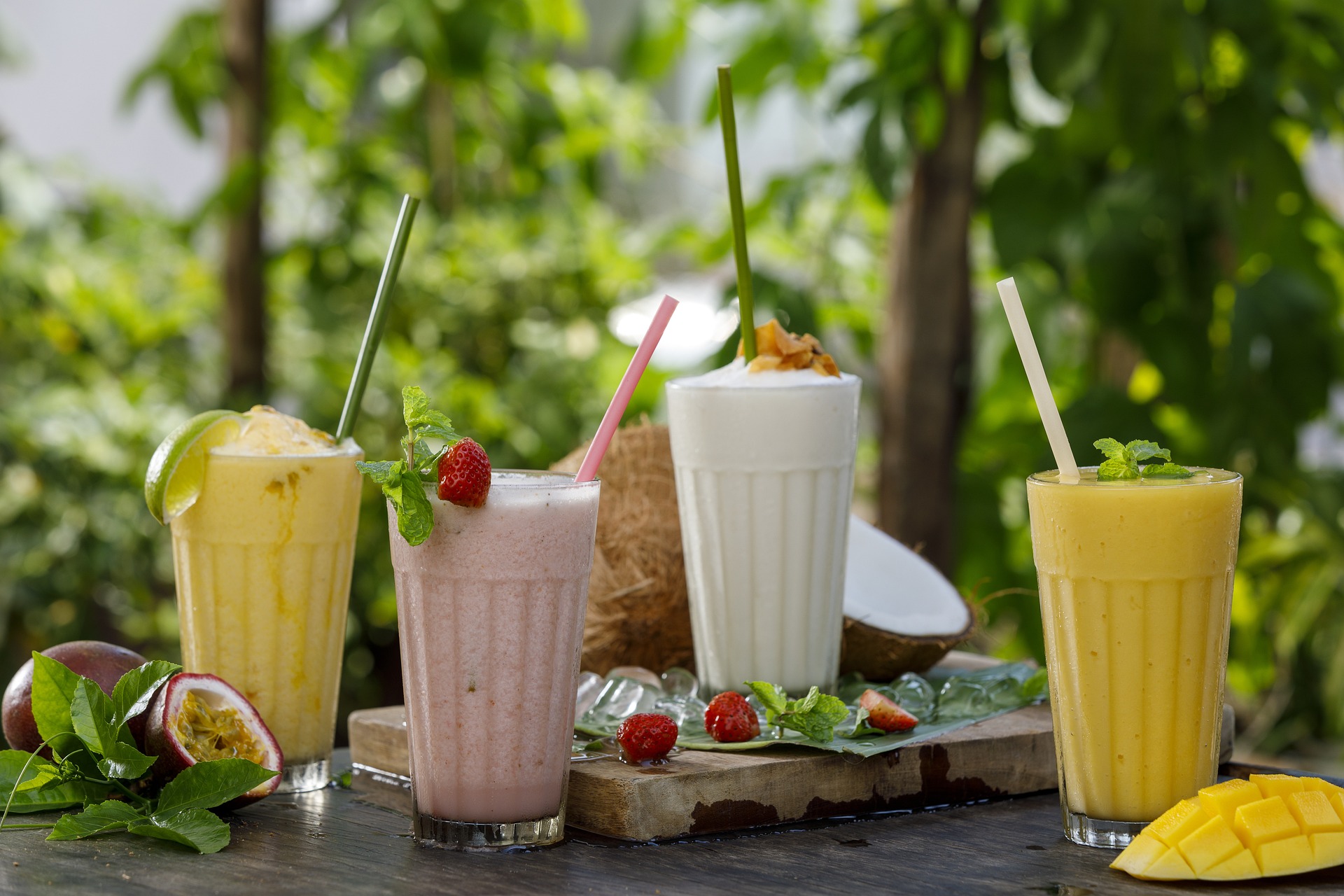Spicing Up Your Life: A Deep Dive into the World of Chili Peppers
Chili peppers, the fiery spice that has spiced up cuisines worldwide, are more than just a hot sensation. This article unpacks the fascinating world of chili peppers, their health benefits, varying heat levels, and how they are used in different cuisines.

The Fiery Origins of Chili Peppers
Chili peppers originate from Mexico, and they have been a part of human diets since 7500 BC. Spanish explorers brought them to Europe, and from there, they spread across the globe. Today, there are over 200 varieties of chili peppers, each with its unique flavor and heat level.
Unmasking the Heat: The Scoville Scale
The heat of chili peppers is measured on the Scoville scale, named after its inventor, Wilbur Scoville. The scale ranges from 0 (bell peppers) to over 2 million (Carolina Reaper). Understanding the Scoville scale can help you choose the right chili pepper for your palate and dishes.
Health Benefits of Chili Peppers
Chili peppers are not just about heat; they are packed with health benefits. Capsaicin, the compound that gives chilies their heat, is known to improve digestion, boost metabolism, and reduce inflammation. Chili peppers are also rich in vitamins A, C, and E and are a good source of dietary fiber.
Chili Peppers Around the World
Chili peppers have found their way into almost every cuisine in the world. From the spicy curries of India to the tangy salsas of Mexico, they add flavor and heat to any dish. Let’s explore how different cultures use this versatile spice:
-
Thai Cuisine: Thai bird’s eye chili, known locally as “prik kee noo,” is a key ingredient in Thai cuisine. It’s used in everything from curries to stir-fries.
-
Indian Cuisine: India is home to some of the hottest chili peppers in the world, including the Bhut Jolokia. Indian dishes often use dried red chilies, chili powder, or fresh green chilies.
-
Mexican Cuisine: Mexico, the birthplace of chili peppers, uses them in a variety of forms - fresh, dried, smoked, or in sauces.
Cooking with Chili Peppers: Tips for the Home Chef
-
Start with mild chili peppers and gradually work your way up the Scoville scale.
-
Remember, the heat is in the seeds and membranes, so remove them if you want less heat.
-
Always wash your hands after handling chili peppers to avoid “chili burn.”
-
If a dish is too spicy, add dairy (like yogurt or cream) to neutralize the heat.
In conclusion, chili peppers are a versatile ingredient that can add heat, flavor, and health benefits to your dishes. So, why not spice up your life and start exploring the world of chili peppers in your cooking?




